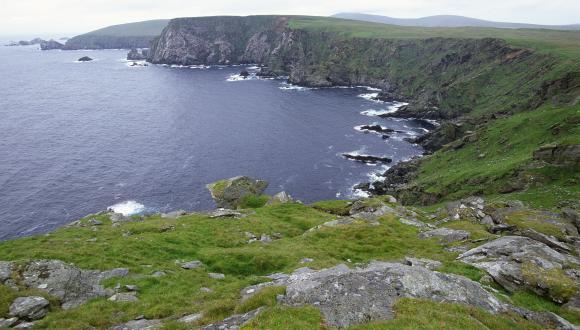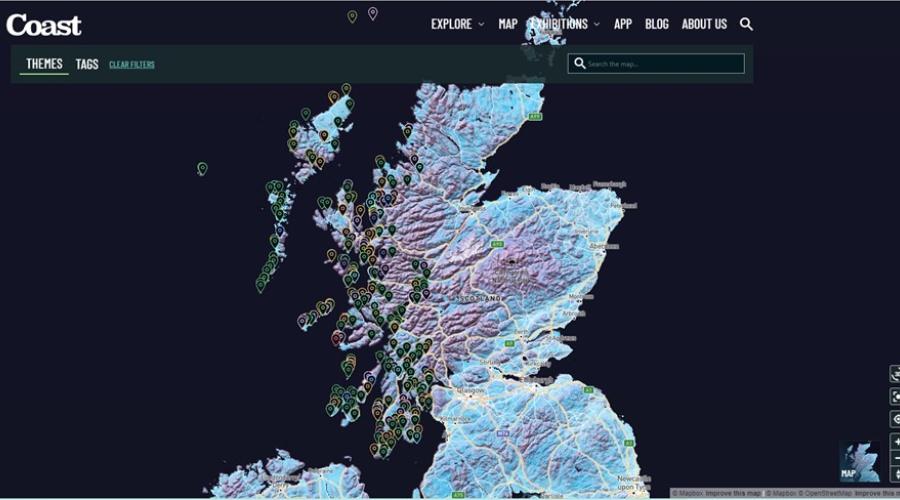
Getting the most from the Coast
13 February 2023
Exploring west coast stories using the COAST app
We have always known that the west coast of Scotland hosts a wealth of inspiring stories. Some of these are well-known: the flight of Charles Edward Stuart after the Jacobite defeat at Culloden, the historical antagonism between the MacDonalds and Campbells, Highland emigration to the United States and Canada, St Columba’s establishment of the monastery on Iona. There are myriad other stories that are more obscure but equally enthralling and emotive, which have significance in their localities and to their communities. ‘The Coast that Shaped the World’ website and app help locals and visitors discover and understand these.
The website and app hosts almost 400 stories gathered from across the west coast and islands, reflecting and celebrating the people, communities, heritage, culture and environment of the region. These were gathered by a team of local ‘story gatherers’ who worked with individuals and heritage organisations to uncover stories deeply rooted in their locality. The result is a gathering of stories that reflect the rich cultural and natural heritage we enjoy on Scotland’s west coast- some that have had national or even global impact, and others of local significance that help us immerse ourselves in place. For example, on the island of Bute alone there are stories about the tea magnate Sir Thomas Lipton and his participation in the international sailing race ‘America’s Cup’, the use and testing of WW2 military technology, and a ferry crossing and droving route in use since the 1600s.
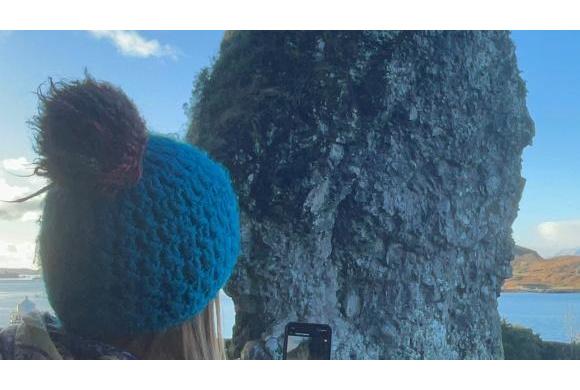
The COAST app is specifically designed for users to experience and explore the stories while out and about. Each story is geotagged so that users can visit the place where events occurred. Some of the stories have also been recorded by storytellers. It makes for an atmospheric outing, to read or hear a story being recounted while standing on site. The UHI project team were privileged during earlier phases of this project to read all of the stories submitted- one of our more challenging tasks was to select a final 400 from an incredible 1300 contributions (the remainder have been archived securely for future use and research)- but it’s still special to discover them in-situ while exploring the outdoors.
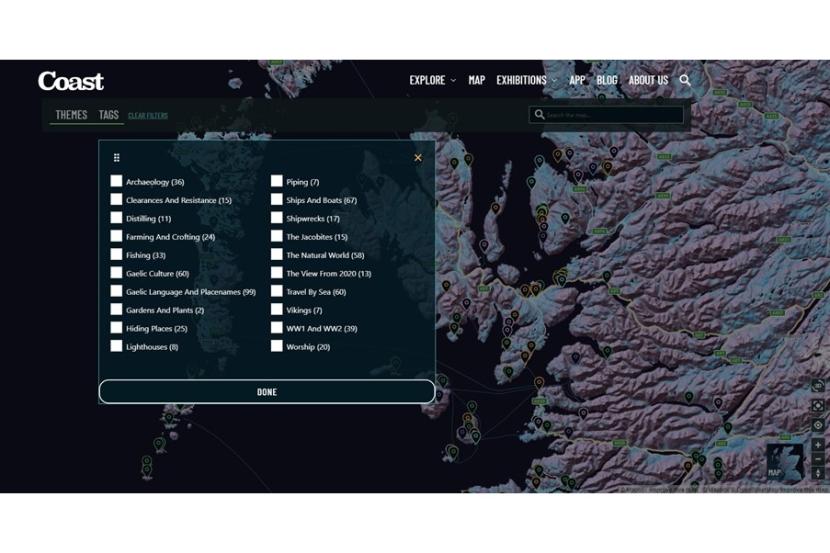
The stories are also organised to make it as easy as possible for people to access what they are most interested in. While the digital map sorts them by region, they can also be explored by theme or subject matter. ‘Tags’ such as ‘Jacobites’, ‘Shipwrecks’, and ‘Archaeology’ illustrate the commonality between west coast and island communities by drawing out some of the historical forces and influences they share. Stories about Vikings can be found from Wester Ross to Oban to Iona. Tales about the impact of the Highland Clearances can be discovered across the region. Hundreds of stories about shipping, fishing, lighthouses and sea monsters show how dependent west coast communities have always been on the ocean.
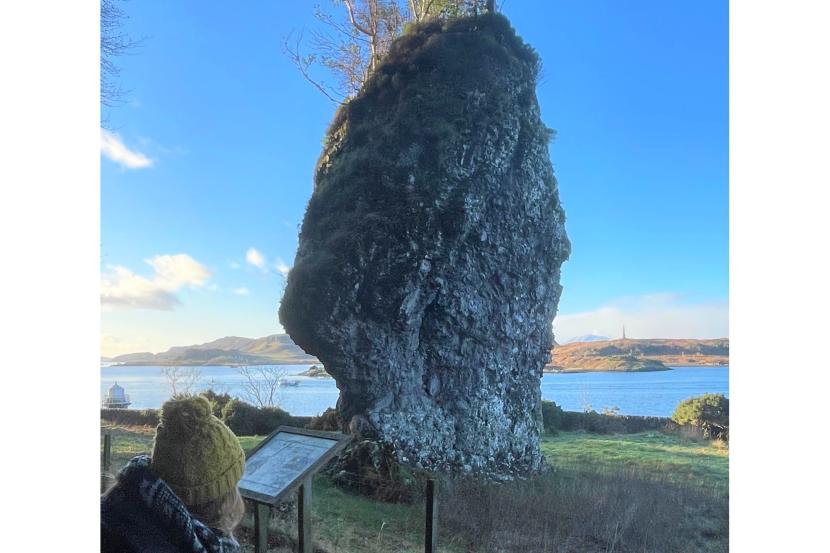
Over the coming months the UHI team will focus on raising awareness of this fabulous new resource. We want people to use the app when planning their travel and aim to visit some of the sites where stories occurred, whether that’s somebody who lives here wondering where to walk the dog at the weekend or an overseas visitor planning a fortnight’s holiday. We’ve partnered with the ‘Spirit of the Highlands’ project and UHI Centre for History students to create a series of themed itineraries based around the stories, and with UHI Creative Arts students to create paintings and textile pieces inspired by them. We’re delighted that COAST will introduce these stories to new audiences and help them reimagine it in new ways.
The app is free to download. Search 'The Coast that Shaped the World' in your app store. The website is coast.scot
You can follow us at Facebook and Instagram @coastscot
As well as the ERDF/NatureScot NCHF, the project is also funded by the University of the Highlands and Islands and Calmac.
Notes:
The Natural & Cultural Heritage Fund is part of the Scottish Government’s current European Regional Development Fund (ERDF) programme, which runs through to 2023. This is one of two ERDF Strategic Interventions led by NatureScot – the other is the Green Infrastructure Fund.
You can follow the European Structural Funds blog for ESF activities, news and updates. For twitter updates go to @scotgovESIF or use the hashtags #ERDF and #europeanstructuralfunds

The Scottish Government is the Managing Authority for the European Structural Funds 2014-20 Programme. For further information, visit their website or follow @scotgovESIF.
